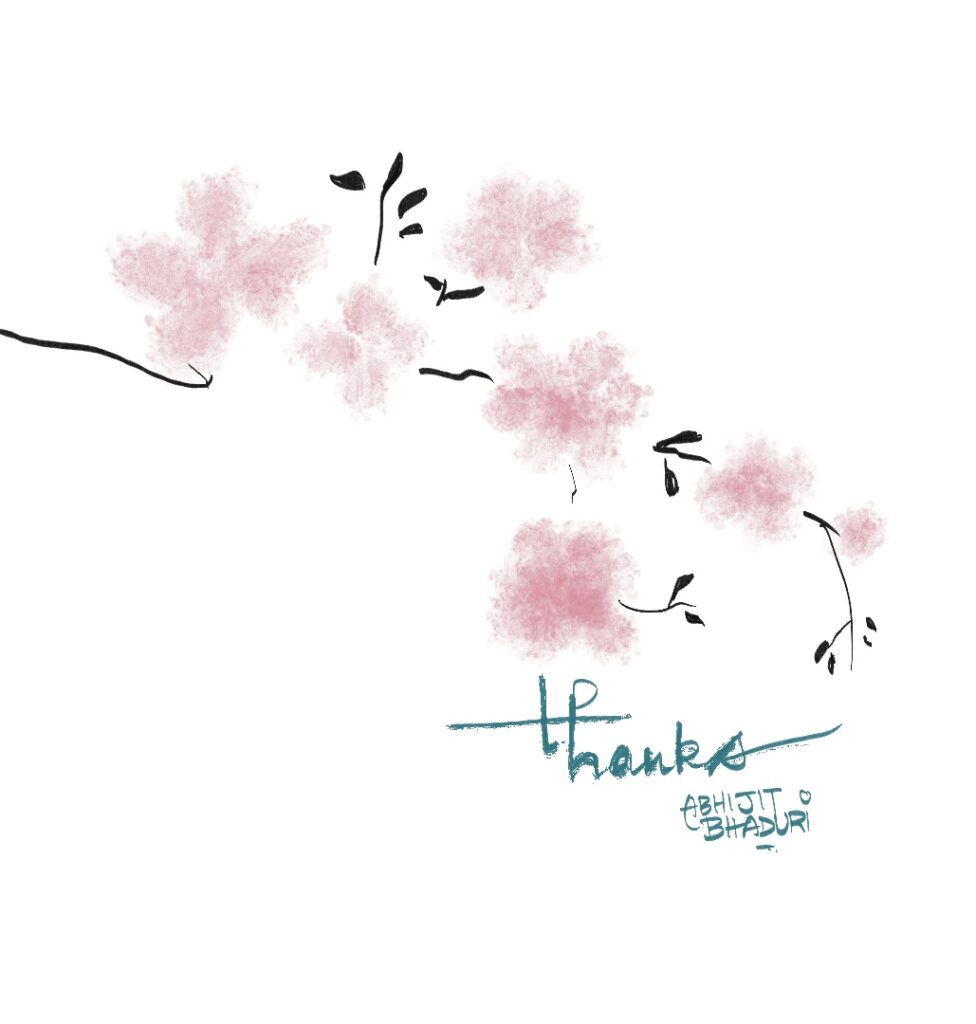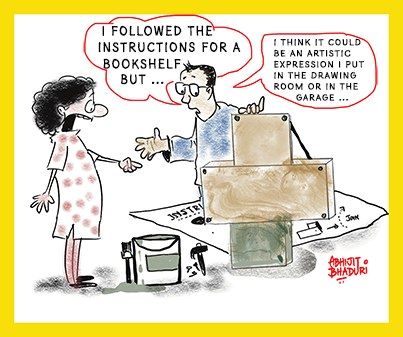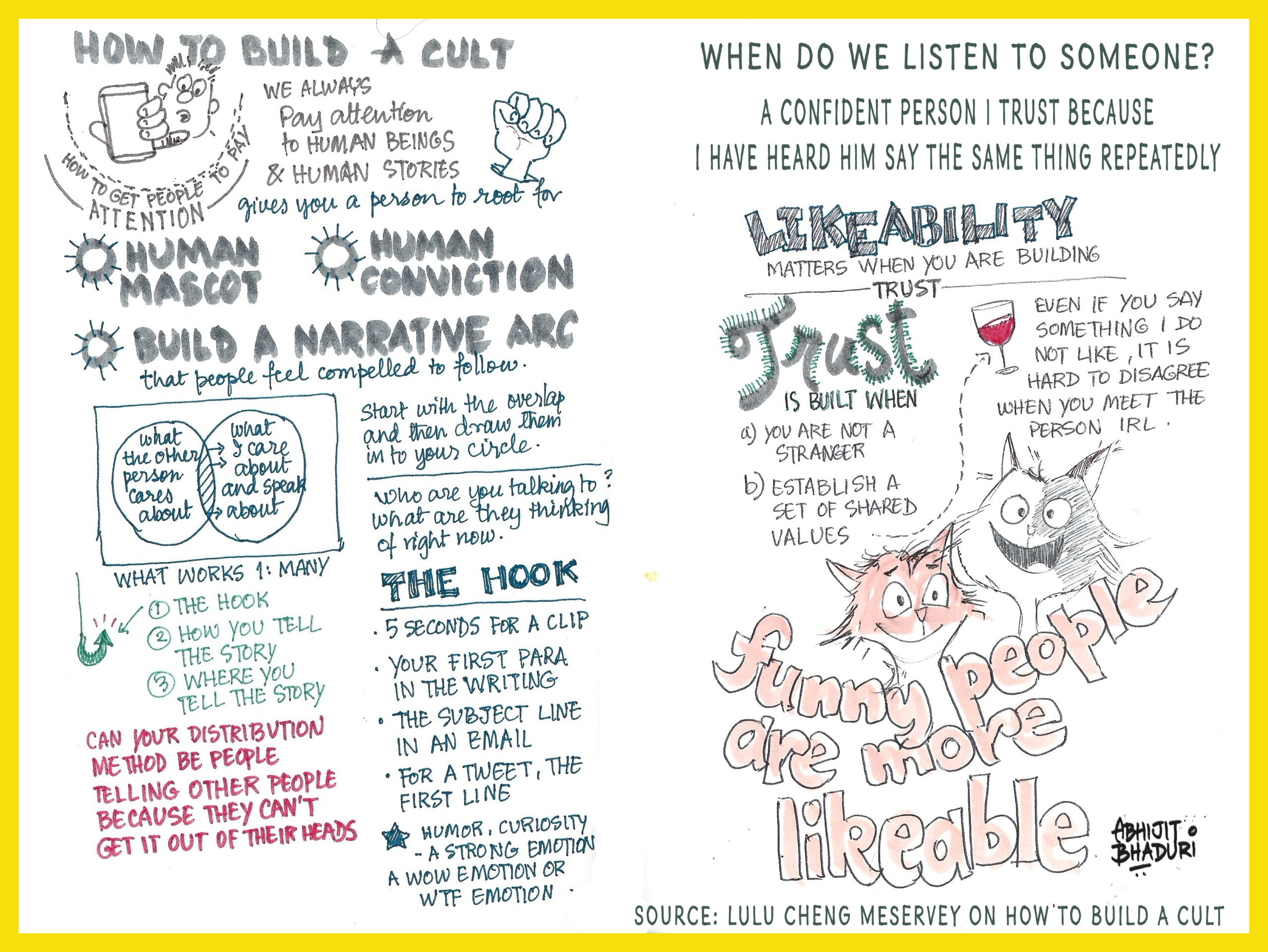Gen AI Can Boost Your Game—But Don’t Let It Steal the Joy of Playing
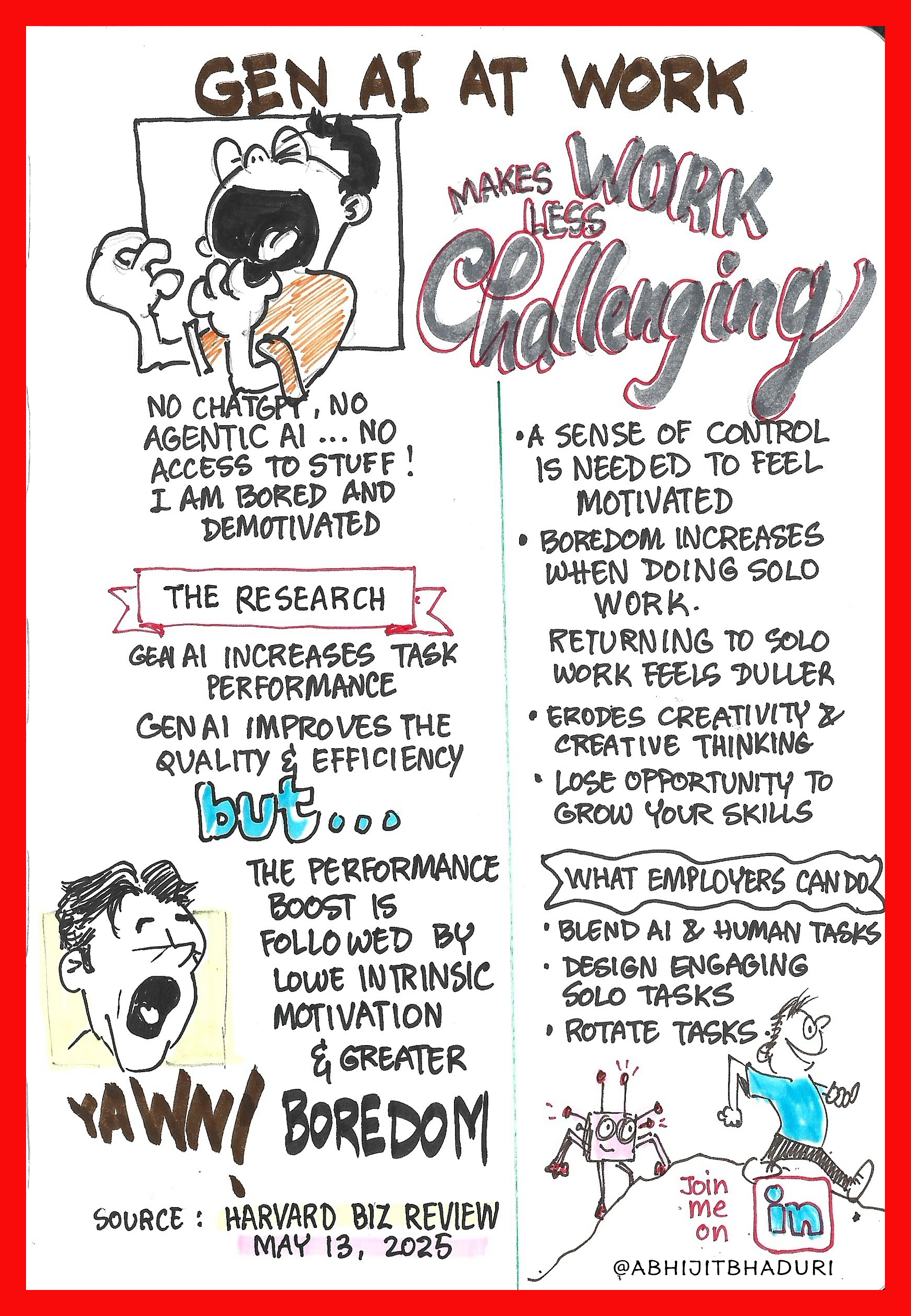
Read the research published in Harvard Business Review – dt May 15-2025
Think of a tennis player with a world-class coach whispering strategies through an earpiece. The player performs better, anticipates the opponent’s next move, and wins more games. But now imagine that same player being asked to switch off the earpiece and play solo. Suddenly, the silence feels louder than before. That’s what’s starting to happen at work—with Gen AI.
We’ve entered a new era where Generative AI is the co-pilot for everything—from writing emails and brainstorming ideas to drafting performance reviews. It’s faster. It’s sharper. And it often sounds better than what we might write ourselves.
But here’s the catch.
When we return to tasks that don’t involve AI, they can feel flat, even boring. In a study involving more than 3,500 professionals, researchers found that people who used Gen AI for one task reported feeling less motivated and more bored when switching to the next task without AI. It’s a bit like watching a Christopher Nolan film and then being asked to sit through a PowerPoint presentation. The contrast is jarring.
The science behind this is simple.
When AI takes over the most mentally stimulating parts of a task—like thinking, creating, refining—we lose some of the satisfaction that comes from solving a problem ourselves. We become spectators in a game we used to play.
Struggling and wrestling is actually part of what engages us in a task. Strange but true. Calvin’s dad had said, “struggle builds character”. Don’t laugh. It turns out that if you are not struggling just a bit at work, or struggling a bit as you try to learn something, you lose motivation. Stuggle builds character AND keeps you motivated !
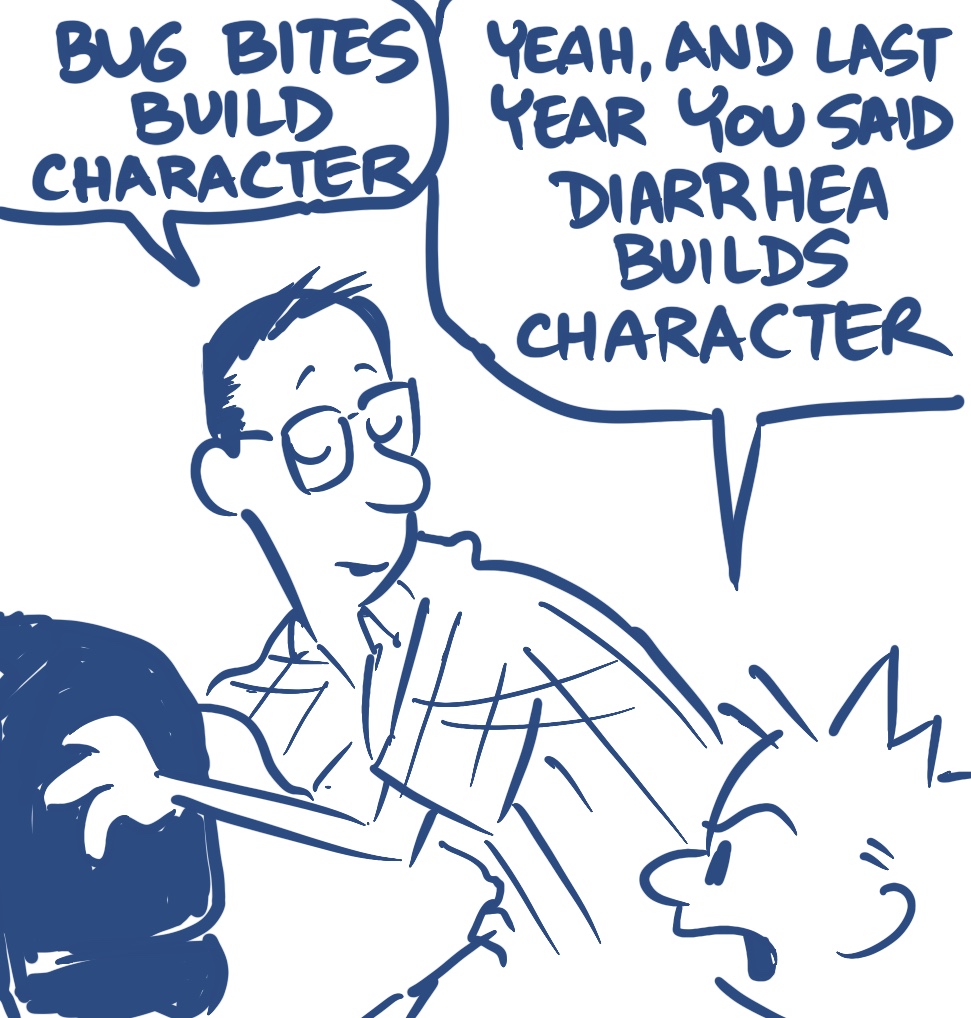
Here are five ways to make AI your teammate, not your replacement:
- Use AI to warm up, not play the whole match. Let AI help you draft the first version of a document or brainstorm ideas—but do the final pass yourself. That’s where your experience, your voice, and your insights shine through.
- Design your day like a training regimen. Start your day with creative solo work—like solving a problem, designing a pitch, or making a decision. Use AI later in the day for more structured or repetitive tasks. This preserves your mental energy and keeps you engaged.
- Be transparent about the collaboration. People feel more ownership when they know their input matters. If you’re managing teams, make it clear how AI supports—not replaces—their thinking. In cinema terms, AI is the editor, not the director.
- Switch tasks like a good playlist. Mix AI-assisted work with tasks that require human creativity and judgment. Think of it like alternating action scenes with moments of dialogue. You keep the energy up without burning out.
- Invest in your own thinking muscles. Use AI as a partner to sharpen—not soften—your skills. Just like a chess grandmaster uses practice games to prepare for the real match, treat Gen AI as practice—not the final performance.
Gen AI is a powerful tool. But the magic of work comes from what you bring to it—your questions, your quirks, your connections.
We don’t go to the movies just to see special effects. We go to feel something real.
Let’s make sure the future of work feels just as human.
